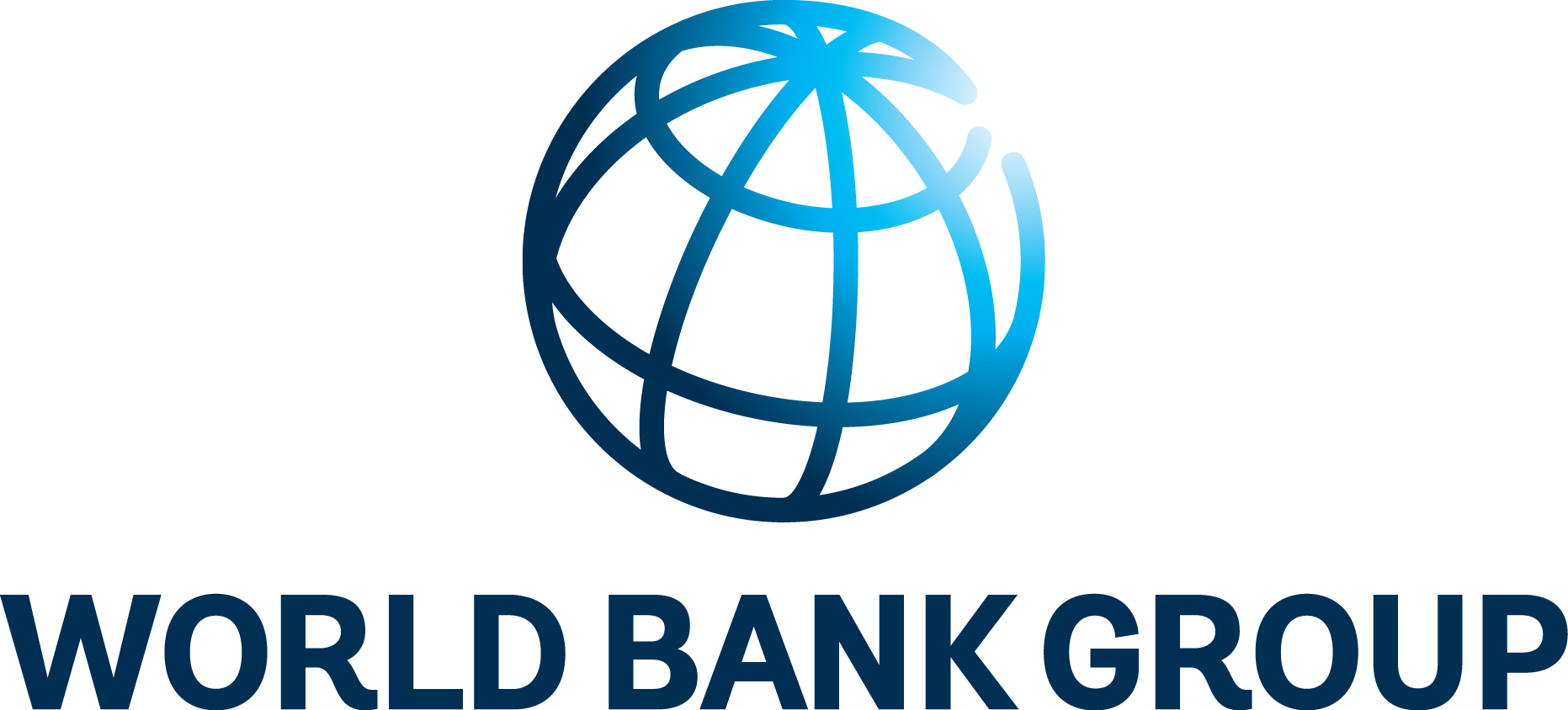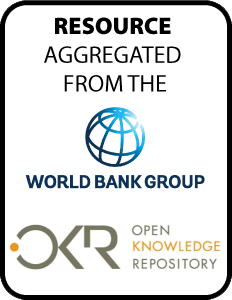The World Bank is a vital source of financial and technical assistance to developing countries around the world. We are not a bank in the ordinary sense but a unique partnership to reduce poverty and support development. The World Bank Group has two ambitious goals: End extreme poverty within a generation and boost shared prosperity.
- To end extreme poverty, the Bank's goal is to decrease the percentage of people living on less than $1.25 a day to no more than 3% by 2030.
- To promote shared prosperity, the goal is to promote income growth of the bottom 40% of the population in each country.
The World Bank Group comprises five institutions managed by their member countries.
The World Bank Group and Land: Working to protect the rights of existing land users and to help secure benefits for smallholder farmers
The World Bank (IBRD and IDA) interacts primarily with governments to increase agricultural productivity, strengthen land tenure policies and improve land governance. More than 90% of the World Bank’s agriculture portfolio focuses on the productivity and access to markets by small holder farmers. Ten percent of our projects focus on the governance of land tenure.
Similarly, investments by the International Finance Corporation (IFC), the World Bank Group’s private sector arm, including those in larger scale enterprises, overwhelmingly support smallholder farmers through improved access to finance, inputs and markets, and as direct suppliers. IFC invests in environmentally and socially sustainable private enterprises in all parts of the value chain (inputs such as irrigation and fertilizers, primary production, processing, transport and storage, traders, and risk management facilities including weather/crop insurance, warehouse financing, etc
For more information, visit the World Bank Group and land and food security (https://www.worldbank.org/en/topic/agriculture/brief/land-and-food-security1
Resources
Displaying 486 - 490 of 4907Unlocking Firm Level Productivity and Promoting More Inclusive Growth
Rapid and consistent economic growth of
Ethiopia over the past decade has contributed to reducing
the number of people living in poverty. The Government of
Ethiopia has created the growth and transformation plan
(GTP), focusing on two overarching themes: fostering
competitiveness and employment, and enhancing resilience and
reducing vulnerabilities. This plan recognizes that for
poverty reduction and economic growth to be sustainable, the
Sri Lanka Poverty and Welfare
Analysis of Sri Lanka’s recent progress
in reducing poverty and inequality is directly relevant to
the new government’s development agenda. The newly sworn-in
president ran for election on a platform that featured,
among other goals, inclusive growth and support to the
agricultural sector. The pursuit of these and other goals of
the new administration can be informed by a fuller
understanding of recent developments in household living
Factory Southern Africa?
Once concentrated among a few large
economies, global flows of goods, services, and capital now
reach an ever-larger number of countries worldwide. Global
trade in goods and in services both increased 10 times
between 1980 and 2011, while foreign direct investment (FDI)
flows increased almost 30-fold. A value chain is global when
some of these stages are carried out in more than one
country, most notably when discrete tasks within a
Growing Together
Policies that enable rural communities
to participate in expanding economic opportunities can be
central to inclusive growth in Myanmar. Rural communities
are home to the majority of Myanmar’s population, the
majority of its many ethnic groups, and 70 percent of its
poor. Development in rural areas is constrained by low
returns to agriculture, and significantly lower levels of
public service delivery and human development outcomes
Attracting Capital for Railway Development in China
China Railways Corporation (CRC) is
considering new ways to attract capital to support the
strategic development of the railway sector. Currently,
government is the predominant equity financier, with debt
being supplied by domestic bank credits and limited amounts
borrowed from International Financial Institutions such as
the World Bank and Asian Development Bank. Considering its
high level of accumulated debt and liabilities (RMB 3.7






